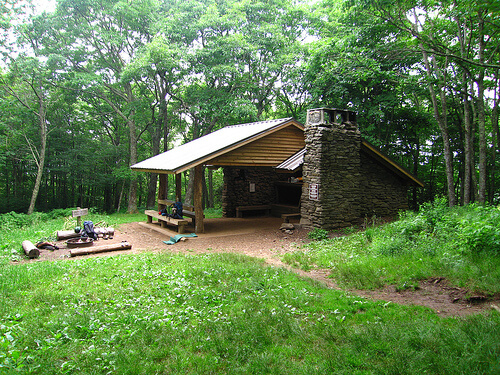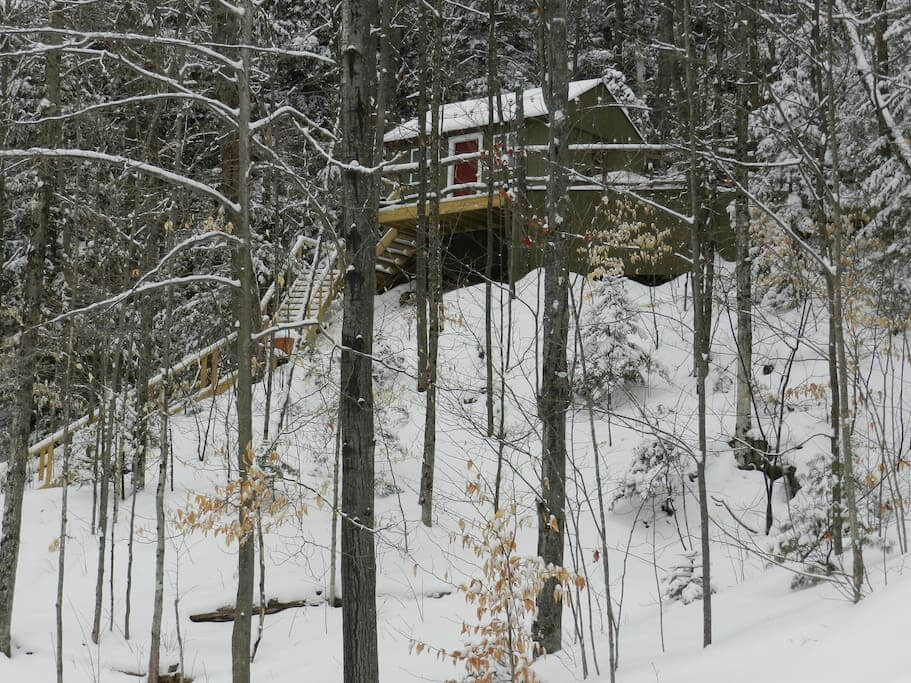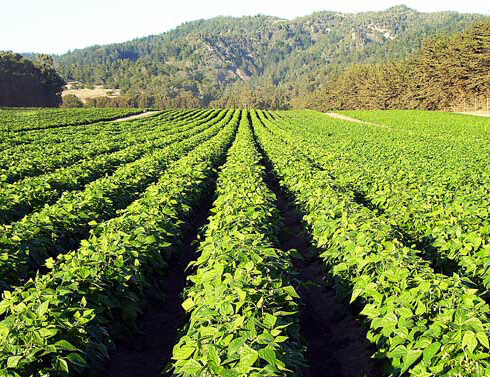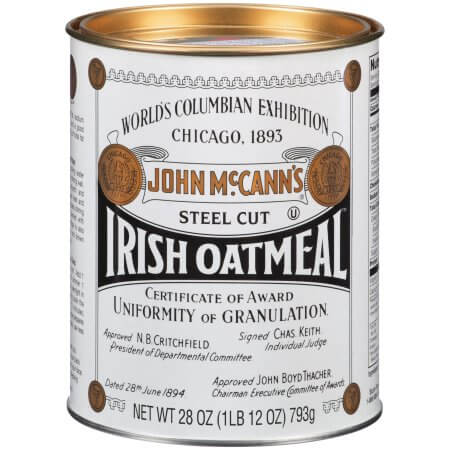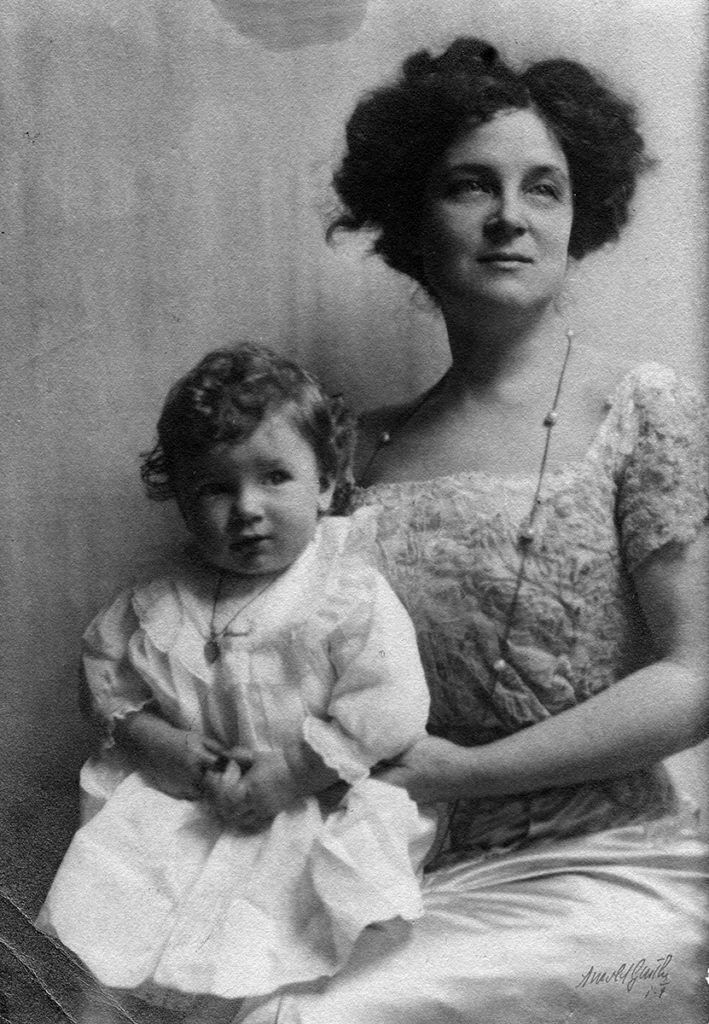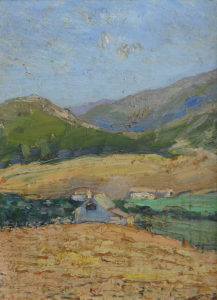Farmwork follows natural cycles, each day, each season, each year. There is still frost on the ground when the asparagus begins to shoot through the topsoil, needing to be cut and bundled before sunrise. By the time the asparagus had gone by, and was growing into a wispy fern field the peas were ready and a couple of bushels had to be picked each morning when the chill air filled them with sugar, and the hot sun had not turned the sugar to starch.
As the sun came up we’d be planting mixed vegetables in the spring, onions, beets, broccoli, cabbage, kohlrabi, beans, and five kinds of lettuce. The acres and acres of corn and potatoes were planted by machine, and there was nothing to do with them until they were ready for harvest, later in the summer.
Each afternoon we’d sharpen our hoes, hop on the back of the flatbed and ride out to one of the gardens to slice the tops off newly forming weeds. Six of us would start on six rows working side by side in one direction, then take the next six rows heading back until the garden was clean and freshly tilled, rich brown soil with young shoots of row-crops pushing up to the sky.
By mid-june harvest would begin. Even here, north of the White Mountains, and a stone’s throw from the Canadian border, radishes, lettuce, greens, and spring onions would be ready for market before the first day of summer. Harvest meant the opening of the farm stand. Each afternoon one of us would spend the rest of the day weighing produce, and helping folks bring their goods back to their cars, that someone was almost never me, but usually one of the beautiful young blonde girls Sel prefered for his workers.
By mid-July, corn was ready for harvest. We’d head into the rows, towering high above our heads in teams of two. One to pick, pinch the top of the ear to feel if the kernels were full, if so, rip down sharply.
Sel could pick corn with two hands, harvesting from the row on the right and left at the same time. The second person carried a sack into which fifty ears were tossed. That was my job, to follow close to the picker, and count the ears off aloud as they hit the sack. Then I’d hustle the bag back to the end of the row where we could pick them up in the flatbed.
If you were picking the corn, you could keep going while your counter ran back. For the first few ears, you would hold the bag in one hand while picking with the other.
Sel’s bulldog always followed along, waiting for his treat; a freshly shucked cob fresh from the stalk, sweet as candy in the morning dew.
Four times each summer a field of hay or clover would ripen. For a few days, Sel would go out to the field and check the kernels. Then he’d check the weather report. If you cut the hay to early, a good deal of the nutrition was lost. If the hay got rained on while drying, you might lose the whole field.
When the time came, Sel would hop on the tractor with a mower attached and head out to the field. The next day it mown grasses would dry in the sun. Mid day he would hook up the tedder to toss the hay in the air for quicker drying. Later he’d rake the dried grasses into even lines. Just before the sun went down he’d hook up his baler and drive in circles around the forty acres sucking up the rows of dried hay and leaving behind fifty pound bales.
If the hay had too much moisture, you didn’t just ruin the crop, wet bales could ferment, cause spontaneous combustion, and burn down your barn.
Haying was a hoot. You’d run around the field, picking up bales on the end of your pitch fork, hold them above your head and race them to the flat bed. Two people on the truck would stack the hay until it was too high to reach a bale on the tip of your pitch fork, then drive to the barn. We’d unload the truck onto a conveyor and someone in the loft would stack it neatly starting at the back wall. You always took the last load to the barn in the dark, but hopefully before any dew settled.
In August, you can feel the end of summer north of the Franconia Notch, and that meant potatoes. Ski Hearth Farm grew 40 acres of potatoes, and this called for a month of mind numbing, back breaking work, picking thousands and thousands of pounds of russetts and red potatoes and loading them into the potato cellar.
By mid September it was turning cold in earnest. There was the last of the carrots, cabbage, and cauliflower to harvest before the first freeze. The corn fields had to be cut and stored for silage, and it was time to start feeding the cows from the hayloft and the silo, as there wasn’t much fresh for them to forage.
Franconia has a long dark winter. Only a couple of us worked on the farm all winter, bucking wood, feeding the cattle, grading potatoes and bringing them to market. Some days it was so cold, we spent most of the time just trying to get one of the trucks or a tractor to turn over.
But eventually, the bitter cold would subside, the six feet of snow would melt to three, then to one, then to none.
One day the ground wasn’t frozen solid, and lo and behold the asparagus patch would begin to push up tiny rods, and the cycle of the year would begin again.
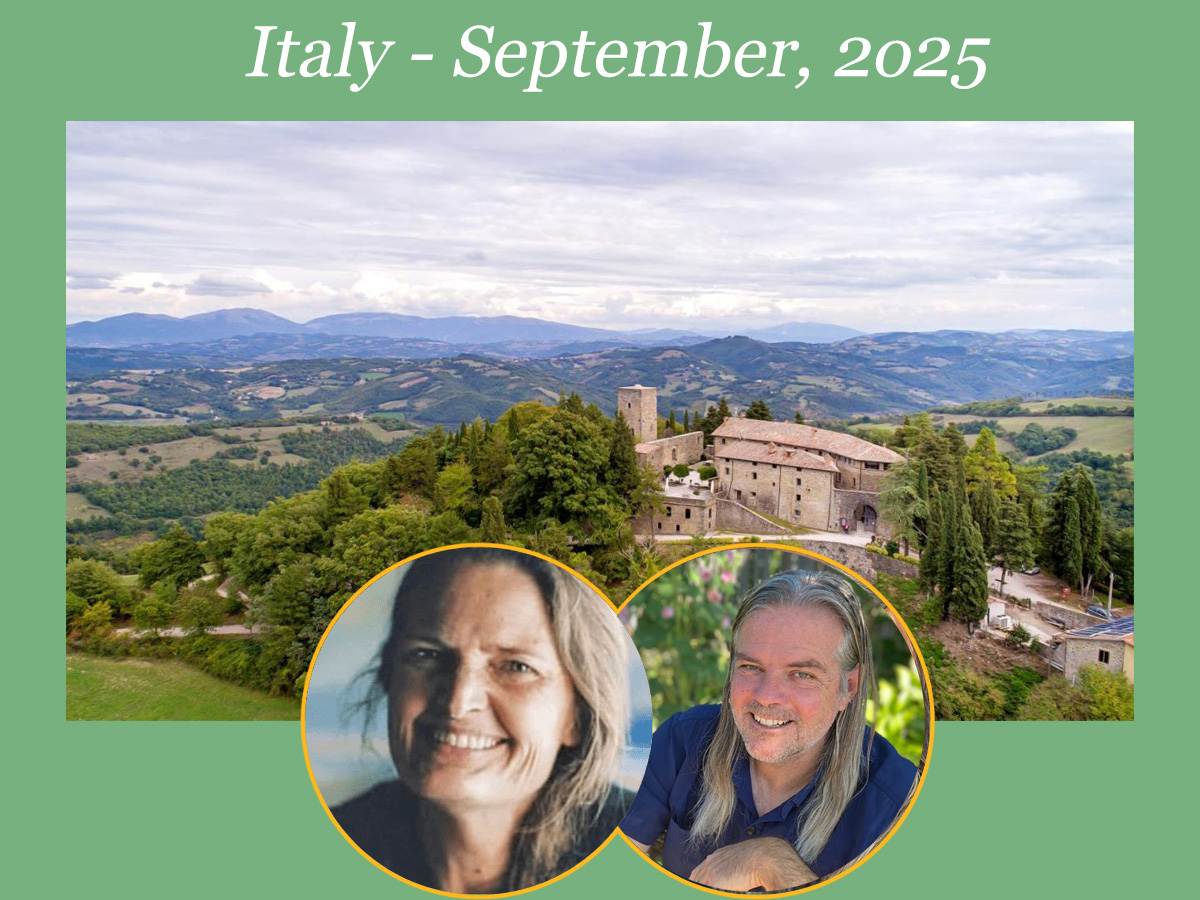

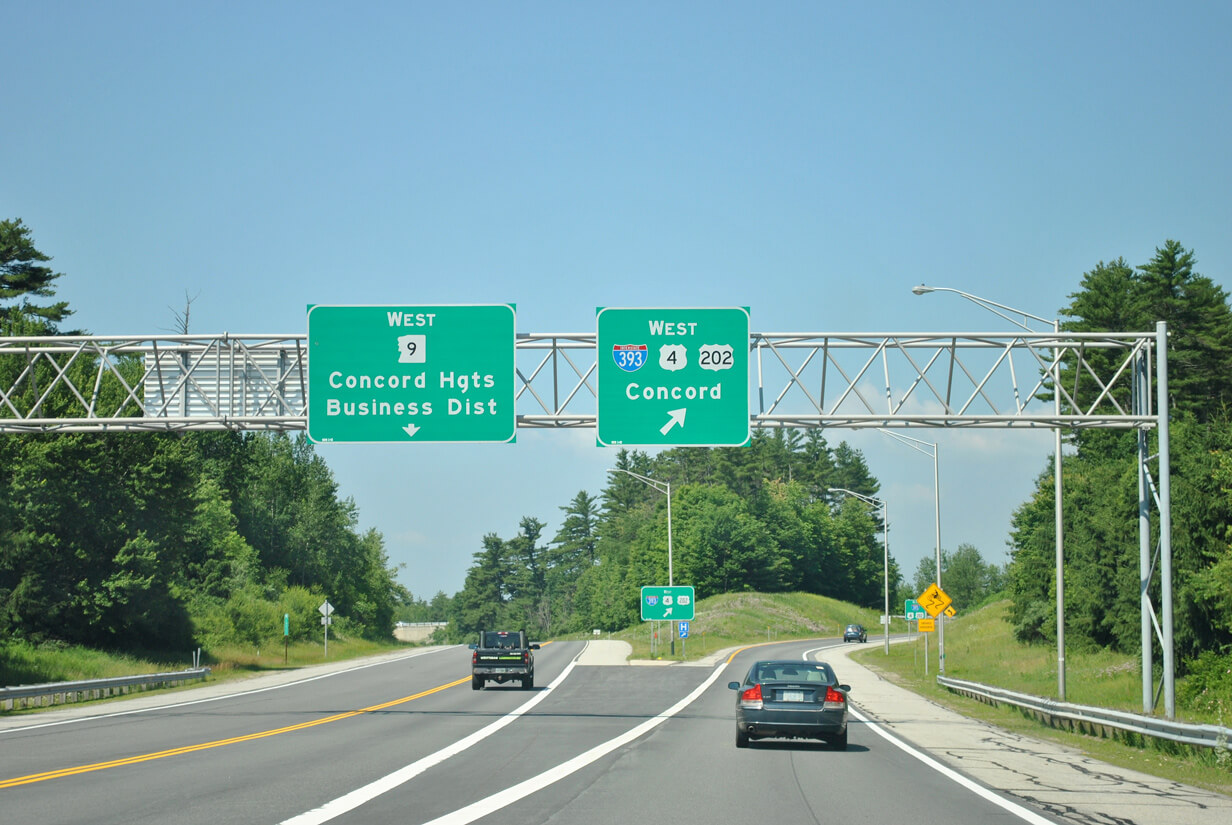
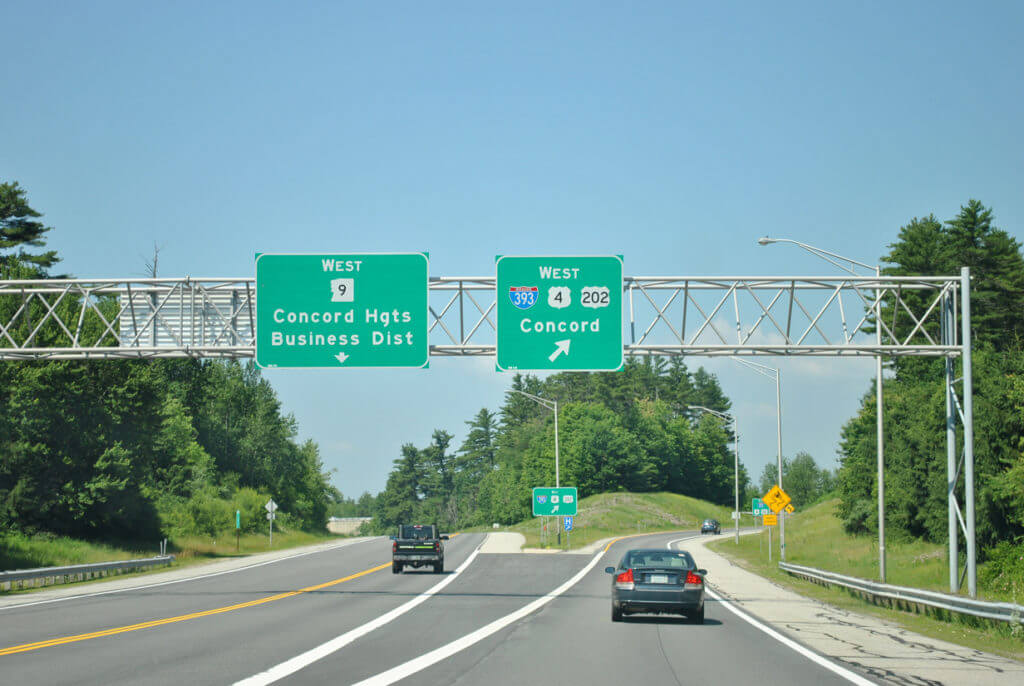 I arrived in Concord early in the afternoon. The weather was pleasant, no snow, no rain. How did we find things before google and craigslist, I really can’t remember. That day I was looking for a place to stay for a few days and a place to work to make a few bucks.
I arrived in Concord early in the afternoon. The weather was pleasant, no snow, no rain. How did we find things before google and craigslist, I really can’t remember. That day I was looking for a place to stay for a few days and a place to work to make a few bucks.